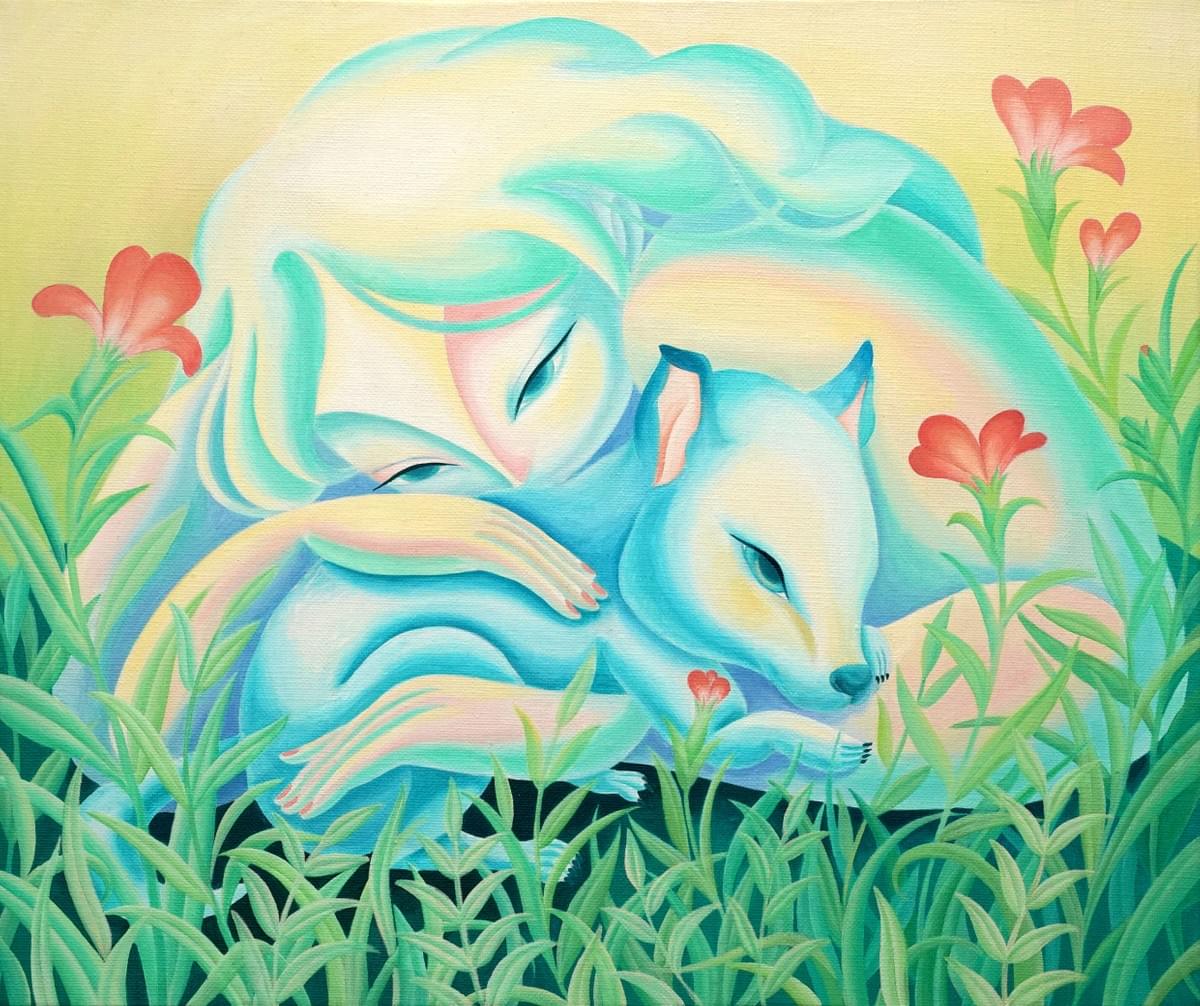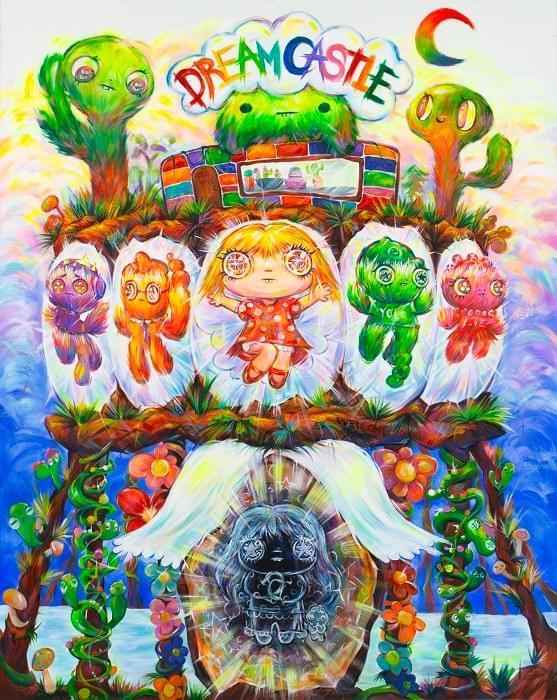
may 2024 Overview

Figurative Paintings & Art Donations
The Museum for Modern and Contemporary Art (MMCA) is hosting an exhibition of over 150 figurative paintings from the 1960s and the 70s by legendary artists like Lee Byung-gyu, Do Sang-bong, Yoon Joong-sik, Park so-geun, Kim Young-duk, Kim Tae, and 33 other Korean artists. Many of the pieces (104 of them) were donated by the Lee Kun-Hee Family which owns Samsung.
The exhibition consists of two parts - "The Roots of Korean Figurative Art", and "Figurative Paintings with a New Meaning".
The first part, "The Roots of Korean Figurative Art", introduces a number of realist works in the style of modern Western paintings, focusing on the first generation of oil painters. It includes artists such as Lee Byung-gyu, Do Sang-bong, Kim In-seung, Lee Jong-moo, Kim Sook-jin, and Kim Chun-sik, who showed strict realism based on naturalistic ideas.
The second part, "Figurative Paintings with a New Meaning", encompasses artists who worked in the grey zone between figurative and non-figurative while responding to the changing trends of art. Starting with Yoon Joong-sik, Park so-geun, and Hwang Yeom-so, who pursued a formative order based on nature, the exhibition exhibits the works of artists such as Hwang Yoo-yup, Lee Bong-sang, Choi Young-rim, Park Go-seok, and Hong Jong-myung, who launched the figurative movement in Korea in 1967.
In the hallway of the museum, under the theme of "Donation, Art for All", the curators reflect on the meaning and value of donation. The donation of artworks to the National Museum of Modern and Contemporary Art began in 1971, and as of December 2023, 6,429 of the 11,560 pieces in the collection have come from donations, accounting for 55.6% of the total. Over the last five years, the quantity and quality of the collection has increased due to the massive donation of works by major artists. In particular, starting with the Lee Kun-Hee Collection in 2021, awareness of art donation has increased, and the number of cases of art donations by private collectors and the bereaved families of artists has increased.

Fashion in Times of Change
At the end of the 19th century, Korean society entered a period of great change. This exhibition sheds light on the historical process by which traditional Korean and Western fashion sometimes coexisted, and sometimes blended to create new designs. The changes in the lifestyle of the upper class and of the imperial family had a great influence on the folk fashion culture.
The exhibition consists of four parts. The first part shows how tradition and modernity coexisted in the dresses of the royal family. The second part juxtaposes the simple hanboks worn by ordinary women and the clothing style of the modern, educated women. Part three explores costumes worn after the reform of the Kapo and Eulmi Agenda of 1894~1895. Part four exhibits examples of the mixed use of hanbok and capes, morning coats, silk hats, Panama hats, and fedoras seen among upper class ladies who embraced Western culture early. Children fashion will also be shown.

Longing for the Homey
Won Jeong-Sook's latest exhibition "Rice Fragrance" explores the smell of freshly cooked rice as a scent that instantly transport back into warm, family, childhood memories of community and belonging. The rice fragrance is different when the meal is cooked on a fire instead of in a rice cooker. This cooking method is typical of the countryside where familial bonds are stronger. In the mind of the artist both are complementary.
Rice fragrance is the metaphore for the bygone days when people lived in small tightly-knit communities; even nostalgia for the days when Korea was poor but because of poverty people knew that have only themselves and the kindness in the hearts of others to rely on.

Kim Yeo-Ok's "Happiness is a Warm Kitty" takes a different angle on the same story. The calmness of the cat's carefree sleep gives it a sense of serenity, and the delicately delineated muscles and contours of the cat give it a sense of vitality as if it is about to jump. For the artist, cats are a source of healing and inspiration that has helped her to overcome her long-standing insomnia and to pursue his creative pursuits.

Lee Hyo-Sun's "The Future of Sorrow" explores life as a series of mournings. As each day goes by, we experience lossess, if anything losses of time. Each of these lossess is a sacrifice to building the future. As the saying goes "your new life will cost you the old one". The paintings tell the stories of everyday life and mundane moments that never make it in the grand narratives of movies and epics. Yet, there is equally powerful symbolism and meaning in the lives of ordinary people as well. The artist invites the viewrs to think-explore the topic of "Endless creation in the midst of the endless dissipation of things".




Bong Bong's first solo exhibition 'Dream Diary' is a documentary that reconstructs the artist's childhood.It invites the viewer to drawn in the fantasy world of dreams and illusions that we gradually lose as we walk the jounrey of life. The issulionary world i smeant to serve a purpose - to provide a space where nothing can disturb, a space for recreation and restoring your sense of optimism and joy in life. The characters in the paintings become a silent witness of your life, a childhood friend of the owner.
















